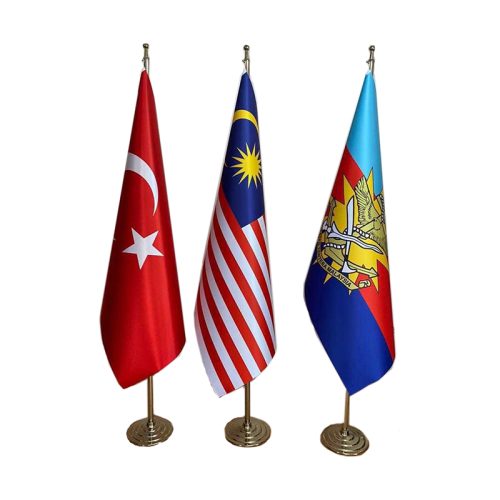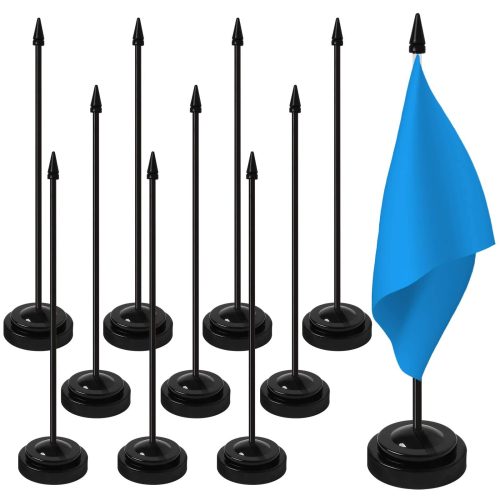The design elements and color choices of a country’s flag can carry significant meaning and symbolism that reflects its history, culture, and identity. Here are some examples of design elements and color choices in national flags:
- United States: The American flag features 13 horizontal stripes alternating between red and white, representing the original 13 colonies, and a blue field with 50 white stars representing the 50 states. The color red represents valor and bravery, while white represents purity and innocence, and blue represents vigilance, perseverance, and justice.
- Japan: The Japanese flag, also known as the “Nisshōki” or “Hi no maru” (“circle of the sun”), features a red circle on a white background. The red circle represents the sun, which is a symbol of Japan’s national identity and represents power, energy, and life, while the white background represents purity and honesty.
- France: The French flag features three vertical stripes of blue, white, and red. Blue and red were the colors of Paris, the capital city, while white was the color of the Bourbon dynasty. The blue stripe represents liberty, the white stripe represents equality, and the red stripe represents fraternity.
- China: The Chinese flag features a red field with five golden stars, arranged in a large star with four smaller stars. The large star represents the Communist Party, while the four smaller stars represent the social classes of workers, peasants, the petite bourgeoisie, and the national bourgeoisie. The color red represents revolution and socialism, while gold represents brightness and purity.
- United Kingdom: The Union Jack, or British flag, features a combination of the flags of England, Scotland, and Ireland. The red cross of St. George represents England, the white diagonal cross of St. Andrew represents Scotland, and the red diagonal cross of St. Patrick represents Ireland. The design reflects the United Kingdom’s historical and cultural connections to these countries.
In summary, the design elements and color choices of a country’s flag can carry significant meaning and symbolism that reflects its history, culture, and identity. From the colors and symbols used to the layout and design of the flag, each element can provide insights into the values and aspirations of the country and its people.


